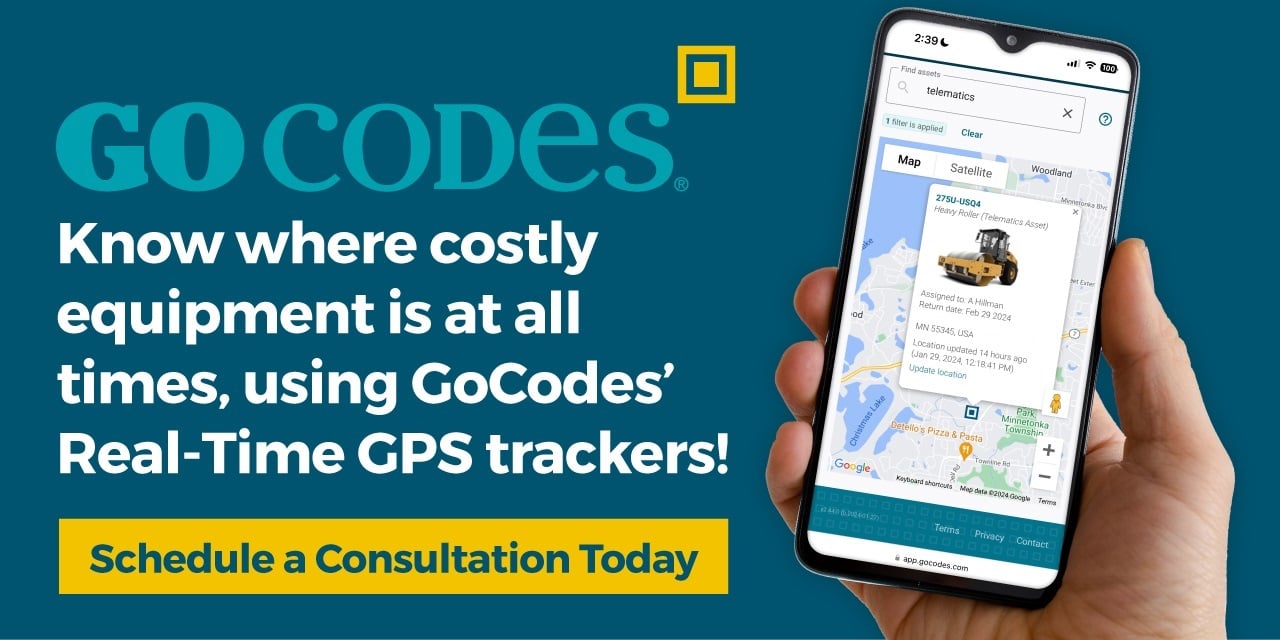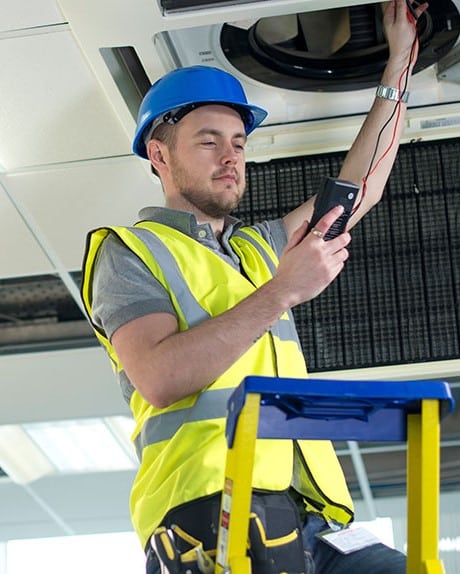Safety inspections are fundamental to workplace safety.
This is especially true in industries where hazards are present, as inspections help identify potential risks, enhance safety protocols, and ensure compliance with regulations.
Take the following steps and ensure your business passes the inspection test:
In this article...
1. Identify Every Type of Inspection Needed by Your Business
These could include:
- Equipment inspections (e.g., machinery, fire extinguishers)
- Hazardous materials handling
- Emergency exits and evacuation procedures
- Personal protective equipment (PPE) checks
- Electrical safety inspections
- Workplace ergonomics evaluations
2. Establish a Schedule for Inspections
Use GoCodes Asset Tracking and set up a schedule (with automatic notifications) for your inspections and name the person or team that will be responsible for overseeing them.

3. Maintain Records of Completed Inspections
Verify the completion of safety inspections by uploading all records of the inspection into your GoCodes Asset Tracking account, and include the issues that were identified as well as the actions taken.

Now you can easily track problems and resolutions and retrieve those records whenever you need them.
4. Conduct Random Audits
Conduct random audits as a way to ensure that inspections are being carried out and protocols followed.
If your spot check uncovers that inspections haven’t taken place, update your protocols and start spot-checking again.
5. Encourage Employee Safety Feedback
Encourage feedback from your staff and allow them to vocalize any safety concerns. Ensure you follow up on their comments.
This builds trust and demonstrates that their input is valuable and will improve your safety process.
6. Review and Analyze Inspection Data
Use your data to identify patterns in safety issues to inform your spending as you reallocate resources to address any concerns that are being flagged.
7. Follow Up on Corrective Actions
Ensure that all identified problems are addressed promptly.
Record the actions you’ve taken post-inspection, too, so that you can show that the inspections have led to tangible safety improvements.
8. Communicate Results to Stakeholders
Finally, communicate your safety performance to all stakeholders as a means to emphasize across the business that you take safety seriously.
If you do, your teams will, too.




